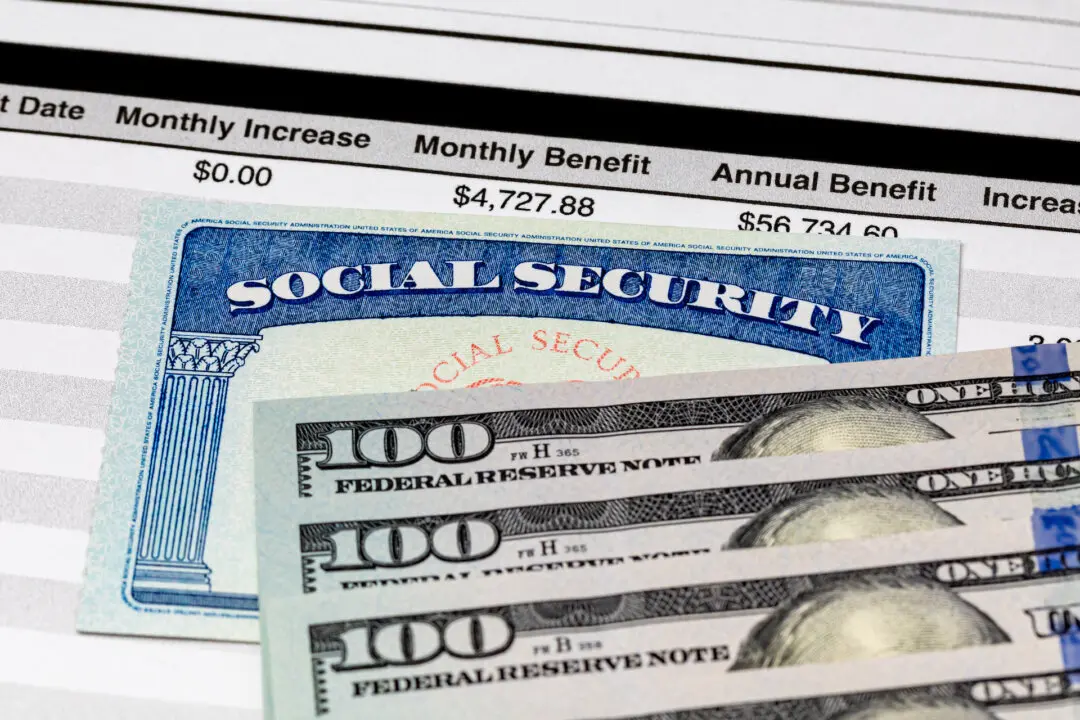I frequently get questions from soon-to-be retirees who have heard about a “family maximum” that applies to Social Security benefits, and they are afraid that rule will reduce the benefits they are due as a couple. Or similarly, they have been told there is some kind of marriage penalty associated with the payment of benefits to married couples.
So here is the message of this column: The family maximum rules do not apply to a husband and wife getting Social Security benefits all by themselves. And there is no marriage penalty for couples who are each getting their own Social Security benefit.






